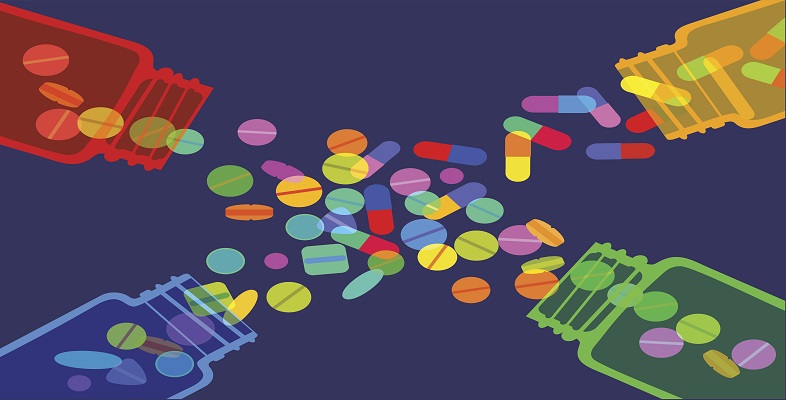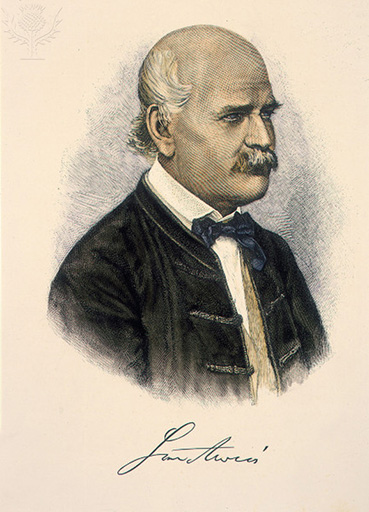2 A simple way to reduce the spread of infections
You might recall from Week 1 that, before the discovery of antibiotics, the best way to treat infections was to prevent them.
Activity 1 Preventing infections: a lesson from history
Watch the video below in which you will see how, even before we knew bacteria existed, the Hungarian physician Ignaz Semmelweis (Figure 3) demonstrated the importance of hygiene in controlling the spread of infections.
Video: Ignaz Semmelweis and the birth of infection control [Tip: hold Ctrl and click a link to open it in a new tab. (Hide tip)]
We all now know how important it is to wash our hands but Semmelweis’s colleagues refused to accept his findings. Thinking back to Week 1 of this course, what scientific discoveries might have led to a wider acceptance of Semmelweis’s hypothesis that hand washing could prevent the spread of infection?
Discussion
When Semmelweis proposed his theory that hand washing could control the spread of infections, many people believed that miasmas – bad components of the air – were the cause of disease. Once Louis Pasteur and Robert Koch provided the scientific proof for germ theory, the value of hand washing was appreciated and Semmelweis was given credit for his work.
Sanitation and hygiene have improved since the 19th century but 2.3 billion people in low-middle-income countries (LMICs) do not have basic sanitation facilities (WHO and UNICEF, 2017). Even in high-income countries (HICs), with access to good sanitation, hygienic behaviours are often poorly carried out. Improving sanitation and hygiene can prevent infection, reducing the need for treatment and limiting the opportunities for antibiotic resistance to develop.
To understand how improving sanitation and hygiene can reduce the spread of infectious diseases, you first need to look at how infections are transmitted.

